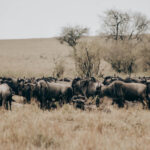
The Great Migration Seasons
October 14, 2025
Benefits of a Family African Safari
October 14, 2025The Art of Dressing for the Wild
A safari is more than an adventure; it’s a connection between humanity and the untamed spirit of Africa. Every journey through the golden savannas, misty rainforests, or rugged highlands of East Africa carries a rhythm of life that changes with the wind and sun. What you wear on a safari defines how you experience that rhythm. The right clothing keeps you comfortable, safe, and prepared to explore the heart of Africa’s wilderness.
At Jackal Wild Adventures, we believe that true safari preparation begins with smart packing. Whether your adventure leads you through Uganda’s lush rainforests for gorilla trekking, Rwanda’s rolling hills for hiking tours, or Tanzania’s open plains for wildlife safaris, your outfit plays a vital role. Clothing on safari is not about fashion it’s about practicality, protection, and respect for nature.
Understanding what to wear on a safari transforms an ordinary trip into a seamless experience. It’s the first step to feeling confident during family safaris, walking safaris, wildlife tours, and hiking trips across Africa. Each day on safari brings a new landscape, new weather patterns, and new adventures, so your wardrobe must adapt to every shift in temperature, terrain, and activity. Dressing right ensures that your focus remains on the breathtaking scenery and incredible wildlife encounters not discomfort or distraction.
This guide, written by the expert team at Jackal Wild Adventures, reveals what to wear, what to avoid, and how to blend comfort with safari elegance. It will also inspire you to combine gorilla trekking, cultural encounters, and hiking tours into your ultimate African adventure.
Layering for Adventure: How to Dress Smart on Safari
Why Layering Matters in the African Wilderness
One of the most important tips for safari travelers is layering. Africa’s landscapes are vast and diverse, and so are its temperatures. Early mornings can be crisp and cool, while midday brings warmth and strong sunlight. Evenings often turn chilly again, especially in the open plains or mountain regions.
When exploring destinations like Serengeti, Masai Mara, Bwindi Forest, or Volcanoes National Park, temperatures can change dramatically within hours. Dressing in layers allows you to adapt effortlessly. A breathable T-shirt, a lightweight long-sleeved shirt, and a fleece or jacket make the perfect combination. Remove or add layers as the day progresses to stay comfortable during game drives, walking safaris, and hiking tours.
Light, breathable fabrics help with air circulation and prevent overheating. Cotton blends and moisture wicking materials are ideal for family-friendly tours and wildlife safaris that involve long days outdoors. Avoid synthetic fabrics that trap heat and moisture. Remember, a layered outfit is not just about comfort it also helps protect you from sunburn, dust, and insects while blending seamlessly into nature’s rhythm.
In Uganda and Rwanda, where you may combine gorilla trekking with cultural experiences or family trips, layering is equally important. The rainforest is cooler and damper, especially in the mornings. A long-sleeved shirt, waterproof jacket, and sturdy hiking trousers create the perfect balance between protection and flexibility.
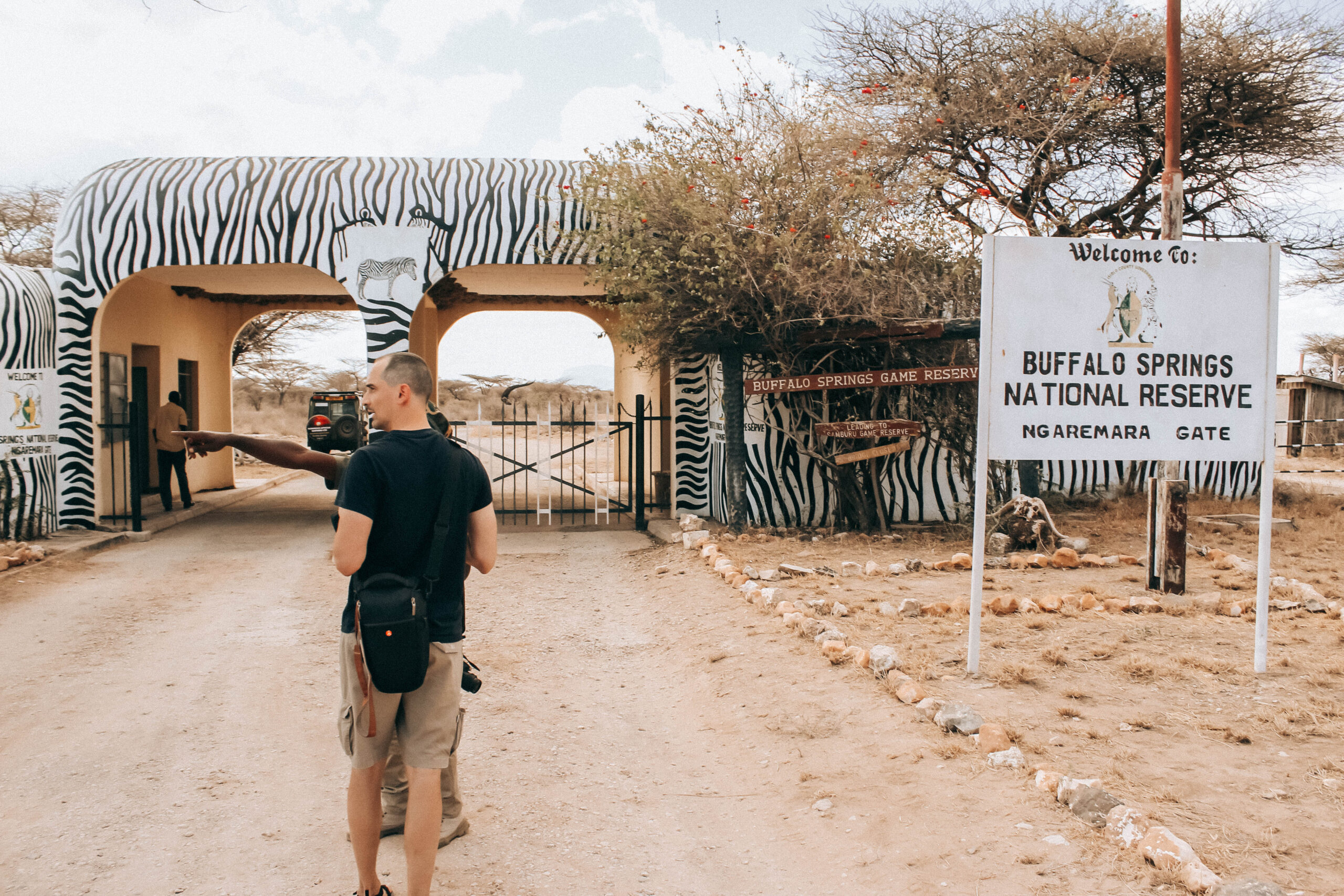
What to Wear on a Safari
The Importance of Neutral Colors on Safari
Blending with Nature’s Palette
Color choice is a crucial aspect of what to wear on a safari. The best safari clothing harmonizes with the environment rather than standing out. Neutral tones like khaki, beige, olive, and light brown blend into the natural surroundings, helping you stay unnoticed by wildlife. Bright or dark colors can attract unwanted attention either from insects or from animals that perceive you as a threat.
Neutral colors also photograph beautifully against Africa’s golden landscapes. Whether you are exploring the open plains of Serengeti, trekking through Uganda’s misty jungles, or crossing Rwanda’s rolling hills, muted colors ensure a smooth connection with the wilderness.
Wearing white might seem comfortable, but it easily becomes dusty on game drives. Black and navy, on the other hand, tend to attract tsetse flies. Camouflage patterns are not recommended because they can be illegal in some African countries. Instead, embrace earthy tones that represent the beauty of Africa’s terrain.
At Jackal Wild Adventures, we encourage safari guests to see their outfit as part of the experience. Dressing in natural tones not only ensures safety and comfort but also demonstrates respect for the wild ecosystems you visit during your family tours, walking safaris, or wildlife holidays.
Protection and Practicality: Long Sleeves, Trousers, and Jackets
Functional Safari Clothing for Every Climate
Every safari wardrobe needs a balance of comfort and protection. Long-sleeved shirts shield you from the harsh sun and annoying insects. Choose lightweight, breathable fabrics that offer ventilation while keeping your skin safe. Pair these with trousers that are both protective and flexible. Zip-off pants are particularly convenient they convert into shorts during warmer afternoons and return to trousers when temperatures drop.
In the early morning or during hiking tours in high-altitude areas like Bwindi or Mgahinga, a fleece or light jacket keeps you warm. As the day unfolds, pack it away in your bag. If your safari coincides with the rainy season like the long rains from March to May or the short rains in November a light waterproof jacket is essential.
Comfortable and practical clothing ensures that you enjoy your walking safaris, family-friendly tours, and wildlife safaris without discomfort. Remember that safari holidays often involve a mix of activities: sunrise game drives, village visits, and evening campfires. Dressing smart helps you stay ready for every moment, whether you’re hiking through misty forests or relaxing beside the lodge fire.
Practical dressing allows you to focus entirely on the experience spotting elephants on the plains, hearing the roar of lions at dusk, or watching gorillas feed in the dense forest canopy.
Footwear for Every Terrain
Comfort, Durability, and Safety
Footwear is one of the most critical elements when deciding what to wear on a safari. The right shoes can mean the difference between an enjoyable adventure and an uncomfortable day. Choose sturdy, comfortable walking shoes or lightweight hiking boots that are already broken in before your trip. They provide stability during walking tours, protection during gorilla trekking, and grip during slippery conditions.
For relaxed moments in camp, sandals or open-toe shoes are perfect. However, they should never replace solid walking shoes during activities. Africa’s terrain can range from soft savanna soil to rocky hillsides and forest trails. Proper footwear ensures you can move confidently during your family safaris and wildlife tours.
Avoid new shoes that may cause blisters, and always pair them with breathable socks. Comfort starts at your feet, especially on long days of exploration. The adventure through East Africa’s wilderness becomes more enjoyable when every step feels secure and comfortable.
Essential Accessories for Your Safari Adventure
Protection, Functionality, and Style
Accessories are often overlooked but can make your safari much more enjoyable. A wide-brimmed hat offers shade and protection from the sun, especially during long game drives or walking safaris. Choose one with a chin strap to prevent it from blowing away in the wind.
Sunglasses protect your eyes from the intense African sunlight, especially during midday drives when the glare can be strong. Add sunscreen with high SPF and insect repellent to your essentials—they protect you from UV rays and mosquito bites.
A small backpack or daypack is useful for carrying water, a camera, snacks, and your fleece or jacket. Pack reusable water bottles to stay hydrated during your hiking trips and family tours.
In gorilla trekking safaris in Uganda and Rwanda, gloves can be helpful for gripping vegetation, while gaiters protect your legs from mud and insects. Binoculars are also essential they allow you to spot wildlife at a distance during your walking tours or safari holidays.
Every accessory should serve a purpose. At Jackal Wild Adventures, we guide our travelers to pack with intention every item adds comfort, safety, and readiness for the unpredictable wonders of the African wild.
Cultural Sensitivity and Safari Etiquette
Respecting People and Places
When considering what to wear on a safari, it’s equally important to dress respectfully during cultural visits. African cultures are diverse, and modesty is often appreciated. During visits to local villages, markets, or community projects, opt for modest clothing that covers shoulders and knees.
Bright, clean clothing is suitable for cultural interactions, but avoid revealing attire. Respect is the foundation of meaningful travel experiences, especially during family-friendly tours and cultural safaris that connect you with Africa’s people.
At Jackal Wild Adventures, we encourage guests to embrace cultural experiences as part of the safari journey. Uganda and Rwanda offer rich traditions, dance performances, and storytelling sessions that reveal the heart of the continent. Dressing appropriately shows appreciation and fosters genuine connections with local communities.
Safari travel is not just about wildlife; it’s about harmony with nature, culture, and the people who call Africa home.
Combining Gorilla Trekking, Hiking, and Safari Adventures
The Ultimate East African Expedition
For many travelers, the dream African journey combines multiple experiences wildlife safaris, gorilla trekking, hiking tours, and cultural adventures. Uganda and Rwanda are perfect for such blended itineraries.
Imagine starting with a classic wildlife safari in the Masai Mara or Serengeti, witnessing the Great Migration, then flying to Uganda for a thrilling encounter with mountain gorillas in Bwindi Impenetrable National Park. From there, explore Rwanda’s Volcanoes National Park on a scenic hiking trip through lush mountain trails.
Proper clothing ensures comfort across all these activities. Waterproof jackets, long trousers, gloves, and sturdy boots are essential for gorilla trekking, while neutral layers suit the open savannas. Lightweight hiking gear helps you explore volcano trails, crater lakes, and forest paths with ease.
At Jackal Wild Adventures, we curate seamless family safaris and walking tours that combine the best of East Africa wildlife, nature, adventure, and culture. Dressing appropriately ensures you enjoy every moment with confidence and comfort.
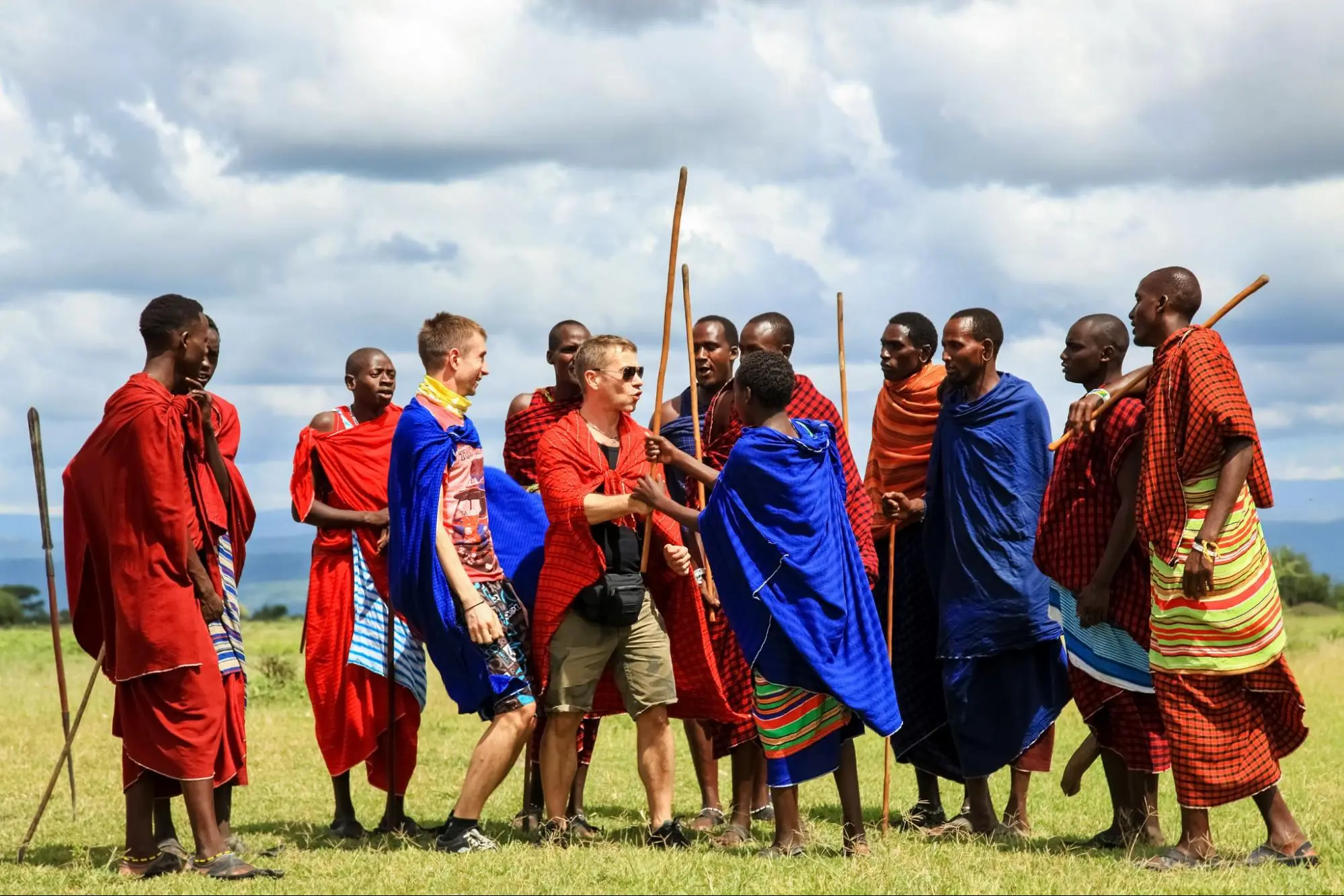
What to Wear on a Safari
Packing Checklist: Preparing for the Perfect Safari
Stay Organized, Stay Ready
Packing for a safari can seem overwhelming, but a checklist makes it simple. Below are essentials recommended by Jackal Wild Adventures for any traveler joining family-friendly safaris, walking tours, or hiking expeditions in East Africa:
- Lightweight, breathable shirts (long and short-sleeved)
- Neutral-colored trousers or zip-offs
- Warm fleece or light jacket
- Waterproof rain jacket
- Comfortable walking shoes and hiking boots
- Sandals for relaxation
- Wide-brimmed hat and sunglasses
- Sunscreen and insect repellent
- Small backpack or daypack
- Reusable water bottle
- Gloves (for gorilla trekking)
- Camera and binoculars
- Modest clothing for cultural visits
Each item contributes to a smooth and safe journey through Africa’s breathtaking landscapes. Whether you’re exploring wildlife plains or mountain jungles, your gear ensures comfort and readiness.
Confidence, Comfort, and Connection in the Wild
Dressing for a safari is an art that blends comfort, function, and respect for nature. What you wear shapes your entire experience. With the right layers, colors, and accessories, every sunrise game drive, mountain hike, or village visit becomes effortless and memorable.
At Jackal Wild Adventures, our expertise ensures every traveler feels confident, prepared, and connected to Africa’s rhythm. From family safaris across the savannas to walking safaris through forest trails and hiking tours up volcanic peaks, the right clothing transforms your adventure into a lifelong memory.


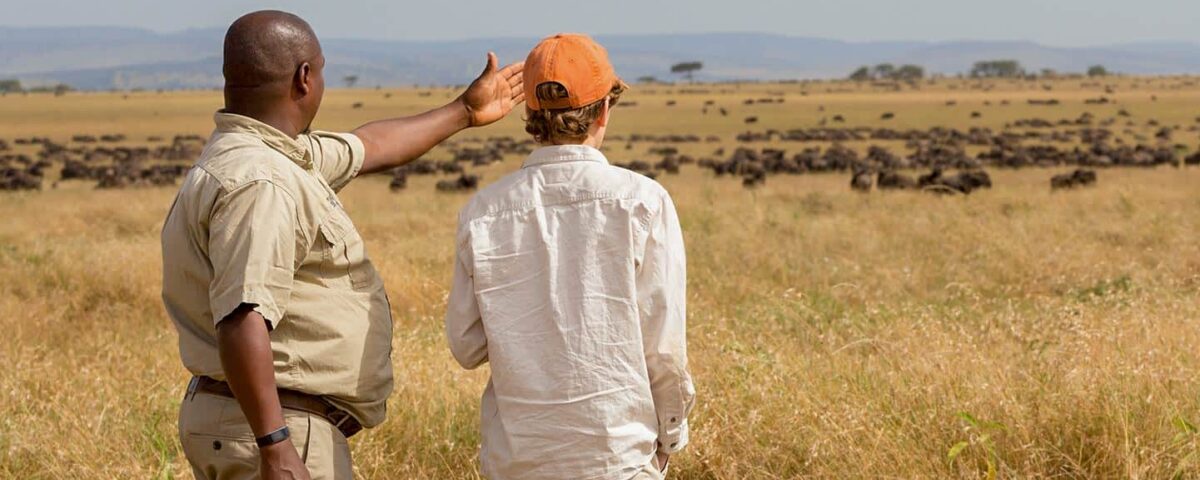
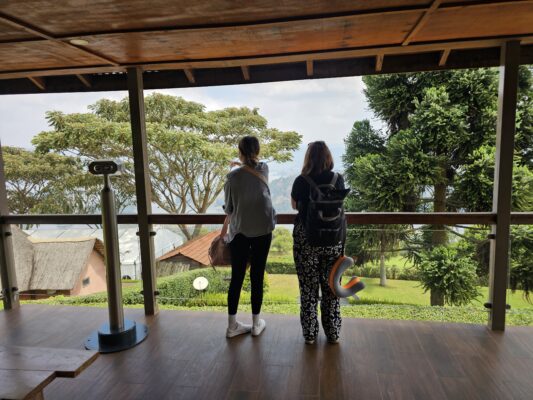
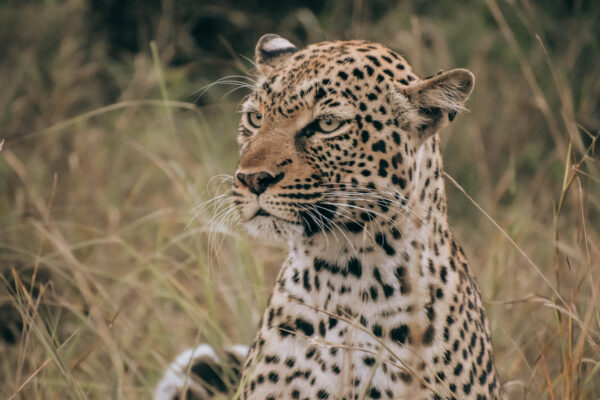
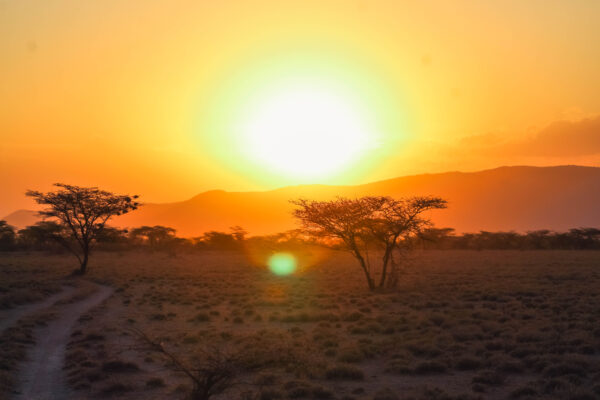

2 Comments
Your blog is a shining example of excellence in content creation. I’m continually impressed by the depth of your knowledge and the clarity of your writing. Thank you for all that you do.
I just could not leave your web site before suggesting that I really enjoyed the standard information a person supply to your visitors Is gonna be again steadily in order to check up on new posts